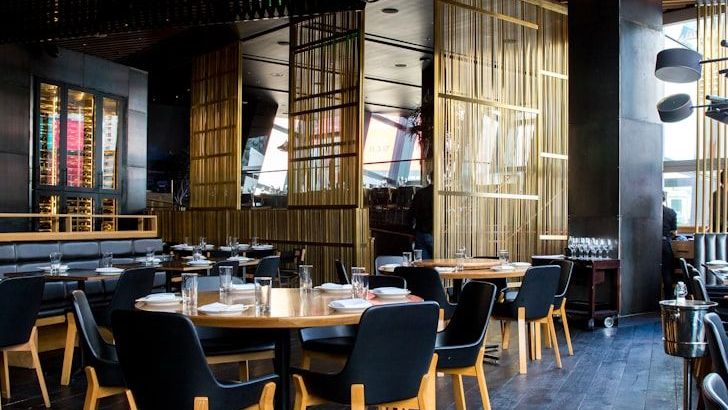The Mile-Long Menu Trap

When it comes to menus, less is more. If the restaurant has a menu that’s 10 pages long and spans Italian food to Indian to Chinese, that’s a big red flag. With so many dishes and so many different types of cuisine, it’s a clear sign that a restaurant hasn’t mastered any of them. Think about it logically – how can one kitchen possibly excel at preparing fresh sushi, authentic pasta, and perfectly grilled steaks all under one roof? It’s also a red flag for food freshness and safety. If there are 100 dishes, when do you think was the last time somebody ordered the same meal you’re ordering? If you choose a dish that doesn’t have a lot of turnover, it might be made with old ingredients that have been sitting around in the back since the last time someone picked it off the menu. Your “fresh” salmon teriyaki might have been freezer-burned for weeks while waiting for someone brave enough to order it. The most successful restaurants understand that mastering a focused menu leads to better quality and consistency. Customers expect seasonal products, minimalistic menus, anti-waste meals, and the full use of ingredients on their plates. A restaurant trying to be everything to everyone usually ends up being nothing special to anyone.
The Ghost Town Dining Room

It doesn’t matter if you are headed to a steakhouse, Italian restaurant, sandwich shop, barbecue spot, or sushi restaurant, a busy restaurant is a good sign. Sure, you don’t want to wait hours for a table or a simple sandwich, but you also don’t want to pick a spot that doesn’t have a lot of customer turnover. For one, a crowd is the best endorsement for the restaurant’s quality, and for another, a restaurant that doesn’t move a lot of food is likely to compromise on its freshness. Context matters, Sheik said, but beware of dining rooms that are empty at peak hours. “Consistently empty restaurants often point to a loss of community trust – whether from poor service, declining quality or mismanagement,” according to Sheik. If you’re walking into what should be a bustling dinner spot at 7 PM on a Friday night and can hear a pin drop, your alarm bells should be ringing louder than a fire truck. If you want to get to the good food, go where the locals are. “If you only see other tourists at a restaurant, perhaps because it’s the only place near a popular attraction, I would hesitate to eat there,” Stansbury says. “Restaurants where the locals are eating indicate that at least some diners are there because of its reputation.” Empty tables during prime dining hours often mean slower food rotation, leading to ingredients sitting longer than they should and quality taking a nosedive.
The Instagram Trap: All Show, No Substance

The top three restaurant red flags to watch out for in 2024 are fake flowers, selfie bathrooms, and elaborate serving dishes. If you see those, run! Modern dining has become infected with establishments that prioritize viral moments over actual flavor, and it’s creating a generation of restaurants that look amazing on social media but taste terrible in reality. On their face, the charming flower arches, selfie-ready bathrooms, and over-the-top presentations may not seem like dead giveaways for a bad restaurant, but they each speak to an establishment’s prioritization of aesthetics and photogenic qualities over the most important part of any eatery: the food. When a restaurant spends more on Instagram-worthy light fixtures than on quality ingredients, you know where their priorities lie. “If it feels more like a photo shoot than a place to break bread, odds are the experience is built more for the ‘gram than the guest,” Sheik said. One way to tell if you’re being selfie-bathroom-baited before you enter the restaurant is to look at its Instagram feed – does the social media page frequently repost photos of unbelievably beautiful people striking a pose in front of a well-lit mirror or does it actually describe itself as having an “Instagrammable” bathroom in its bio? If you see lots of people focusing on the wallpaper in the loo or the oversized mirror rather than the food being served, you’ve spotted a selfie trap. The harsh reality is that truly great restaurants let their food do the talking. They don’t need gimmicky bathrooms or fake flower walls to distract you from mediocre meals. 74% of diners ranked high quality food as the top factor that goes into choosing a restaurant – not the bathroom selfie potential. These red flags aren’t just minor inconveniences – they’re warning signs that you’re about to waste your money on a disappointing experience. Trust your instincts, observe these telltale signs, and choose restaurants that focus on what really matters: serving delicious, quality food made with care and expertise. Your taste buds and wallet will thank you for it.







